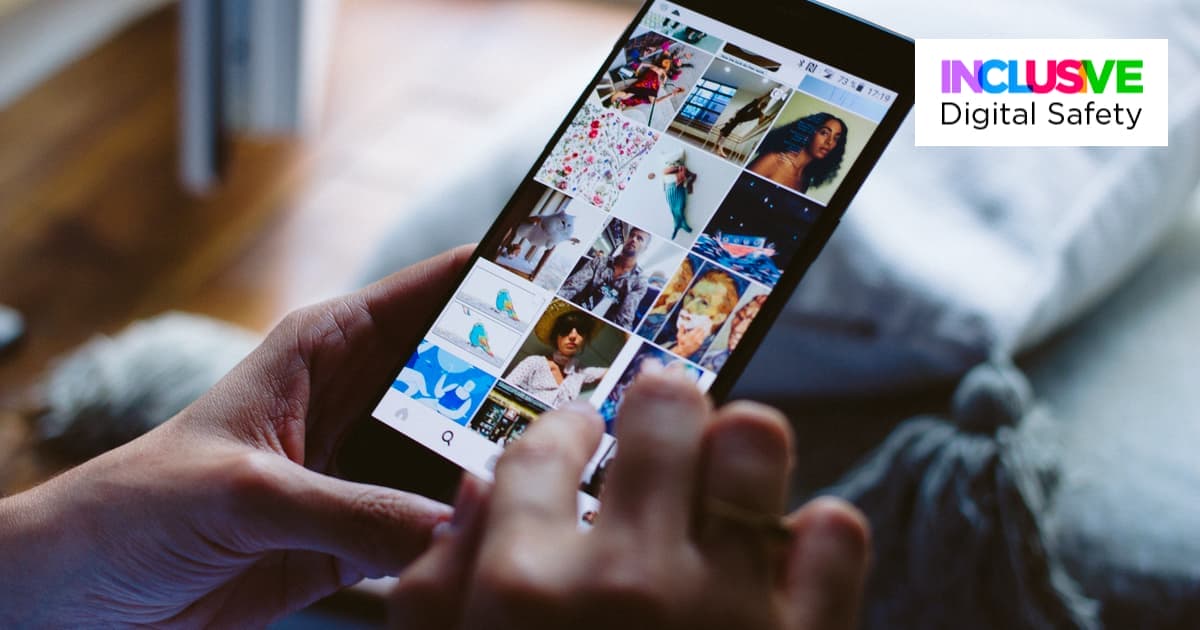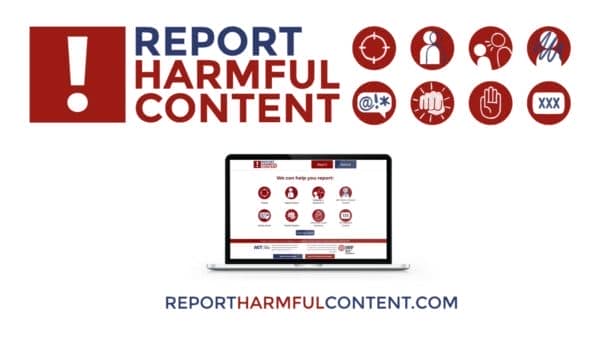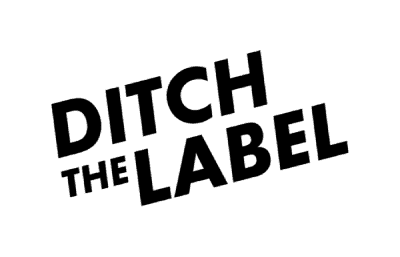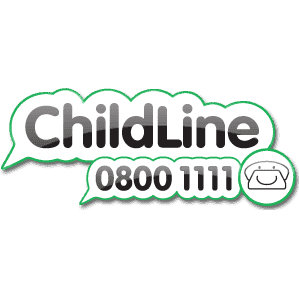![]()
Browsing safely online
Supporting children & young people with care experience
To help children and young people with care experience to stay safe while browsing online, we have provided insight and advice on what you can do as a parent or carer to support them.










